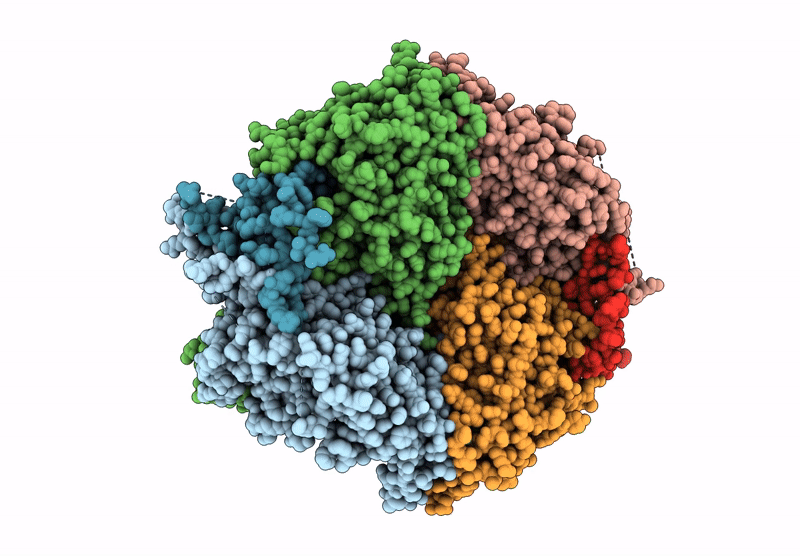
Deposition Date
2024-03-27
Release Date
2025-04-02
Last Version Date
2025-05-21
Entry Detail
PDB ID:
9B7T
Keywords:
Title:
Fab3-3 in complex with the capsid of Adeno-associated virus type 9
Biological Source:
Source Organism:
Adeno-associated virus (Taxon ID: 272636)
Homo sapiens (Taxon ID: 9606)
Homo sapiens (Taxon ID: 9606)
Host Organism:
Method Details:
Experimental Method:
Resolution:
3.56 Å
Aggregation State:
PARTICLE
Reconstruction Method:
SINGLE PARTICLE


